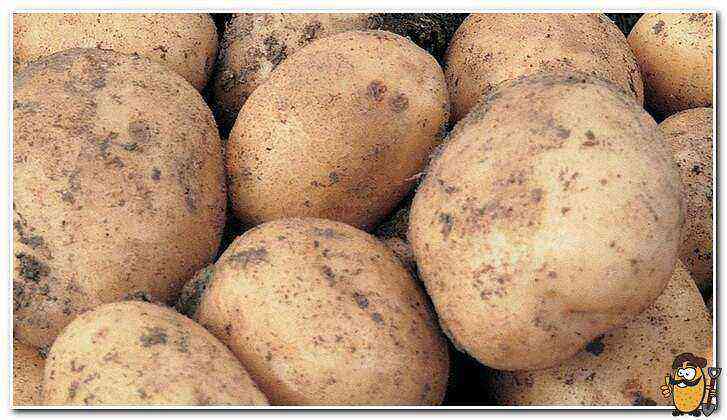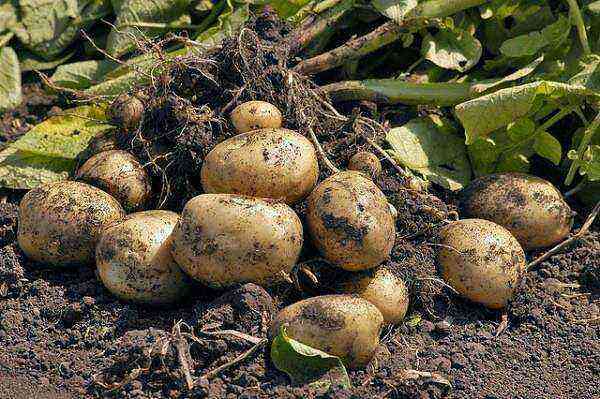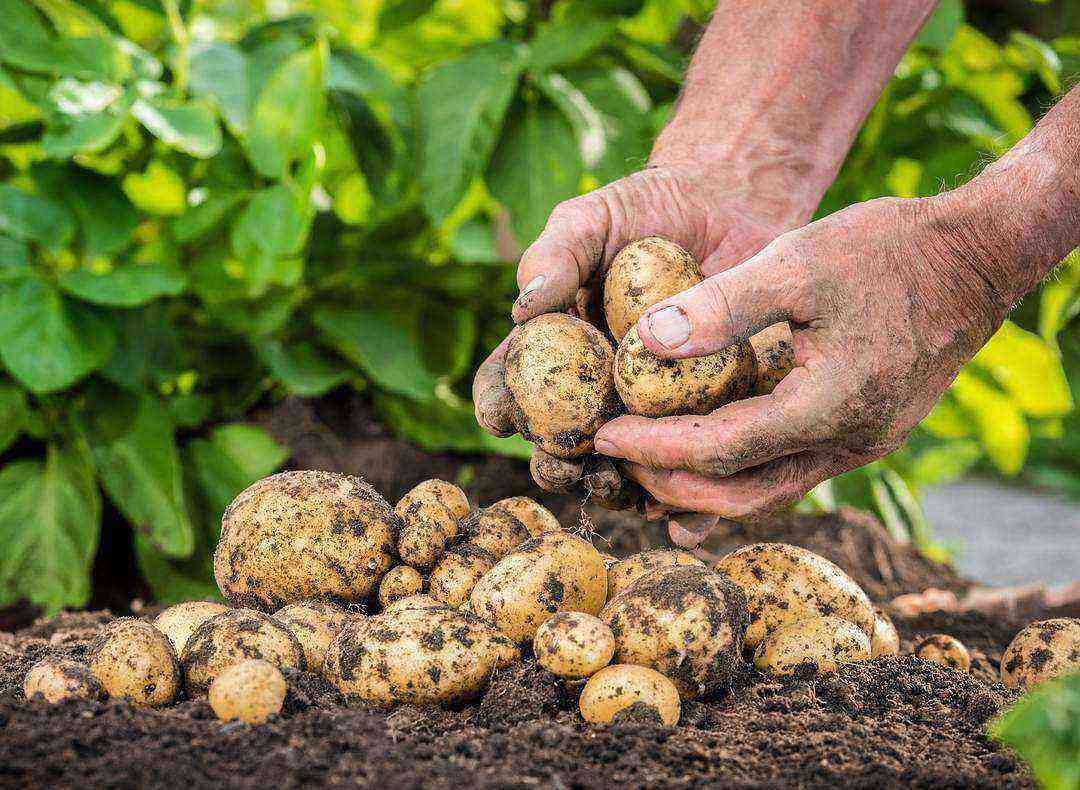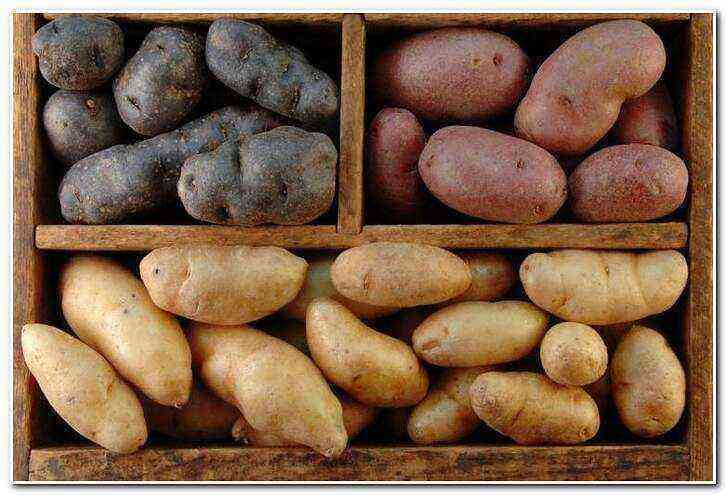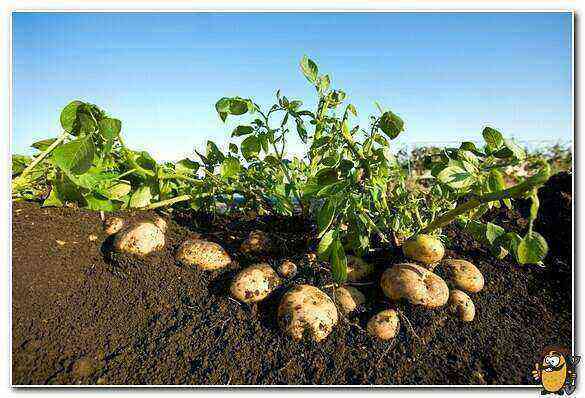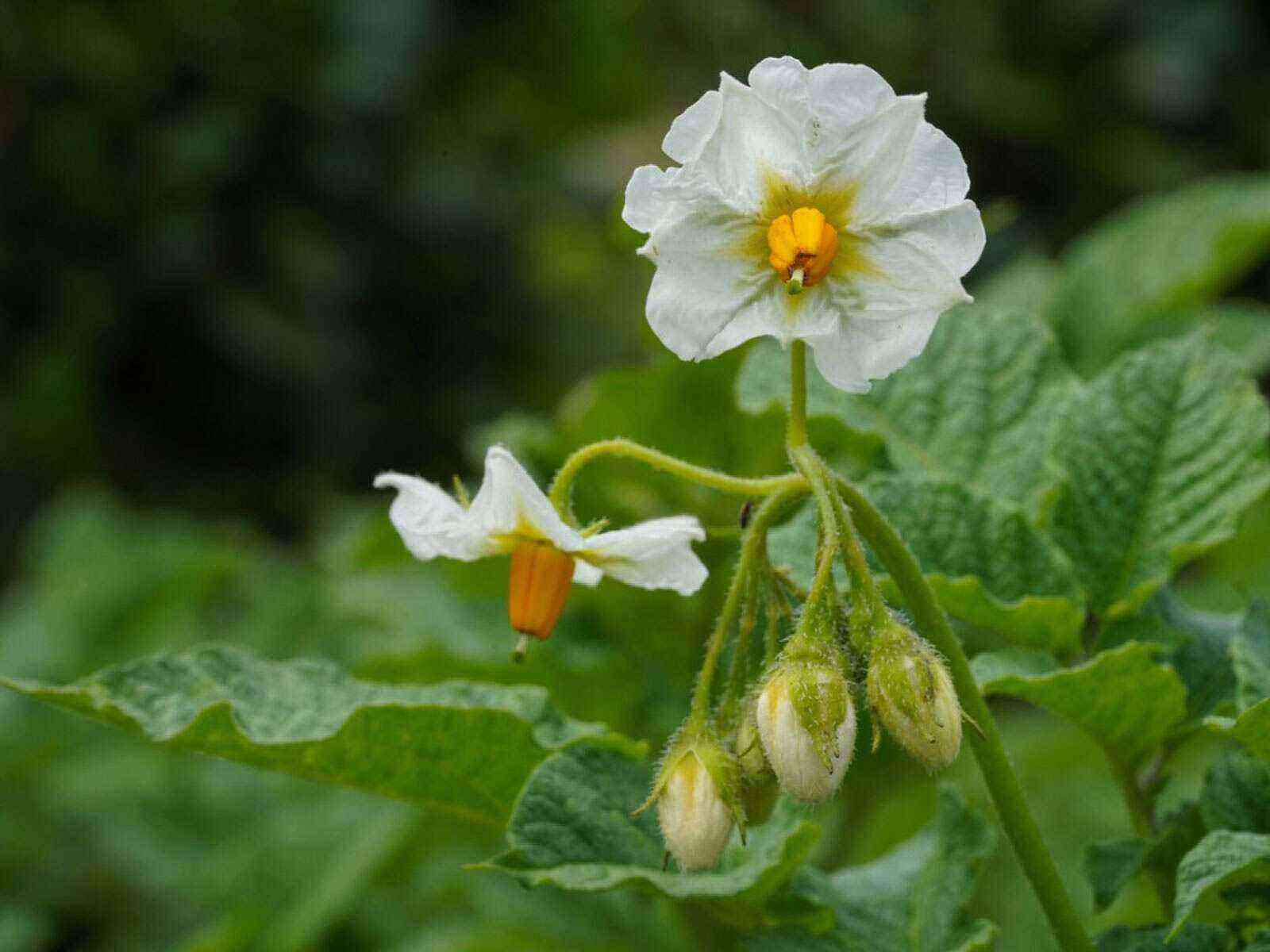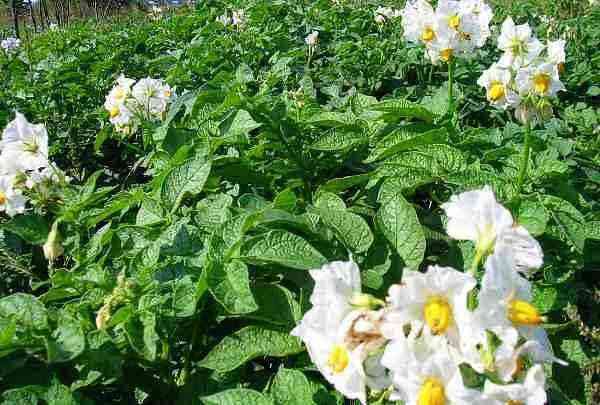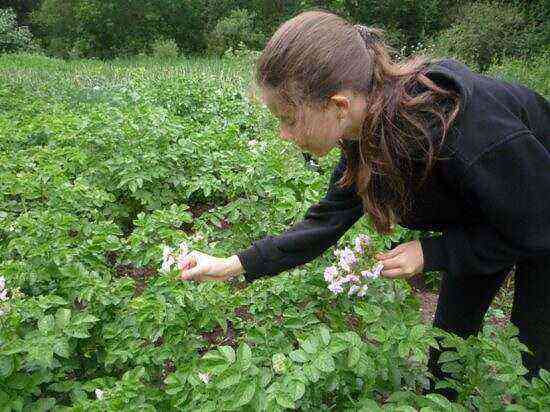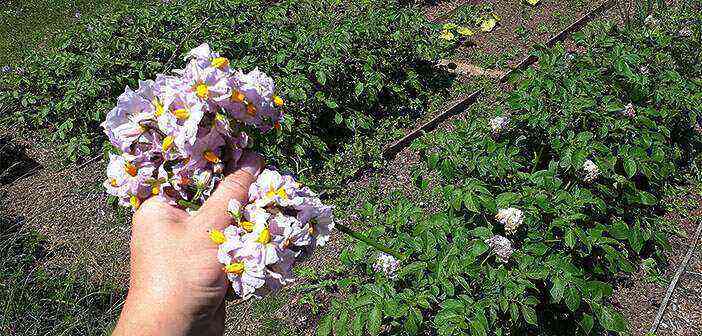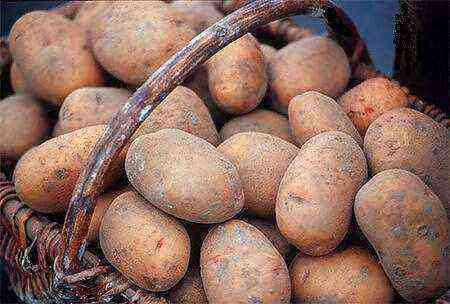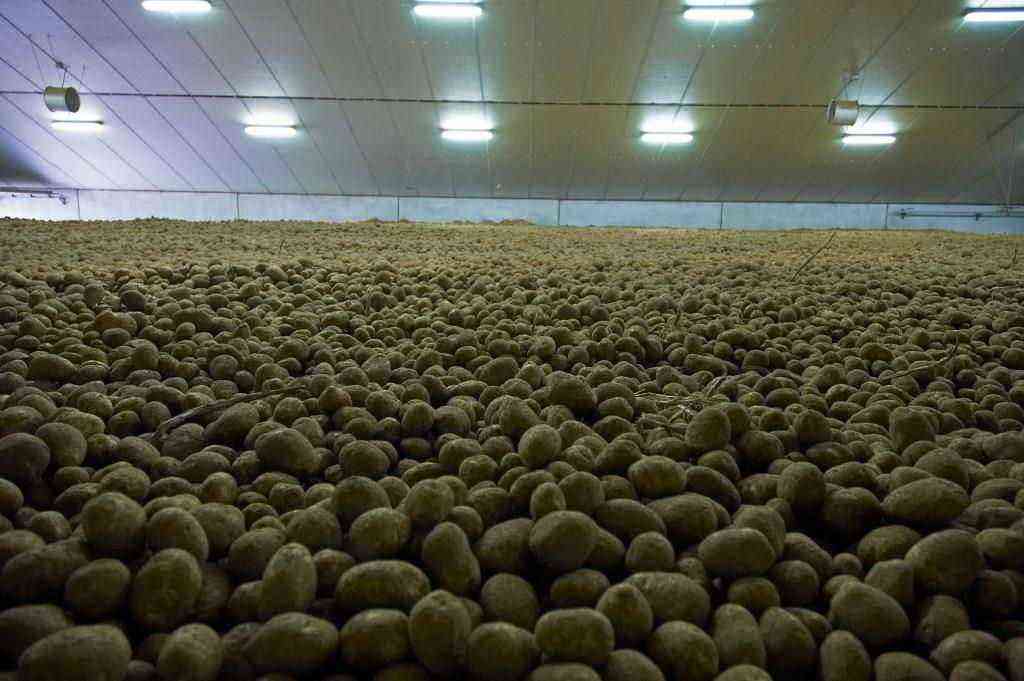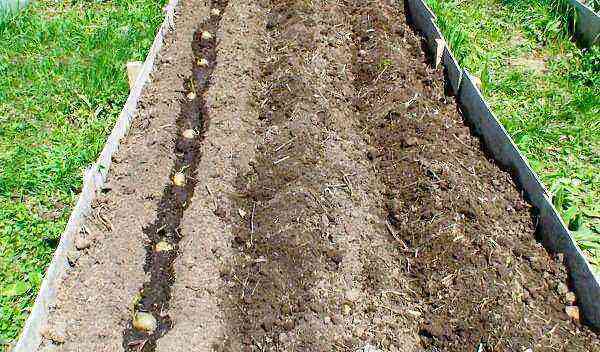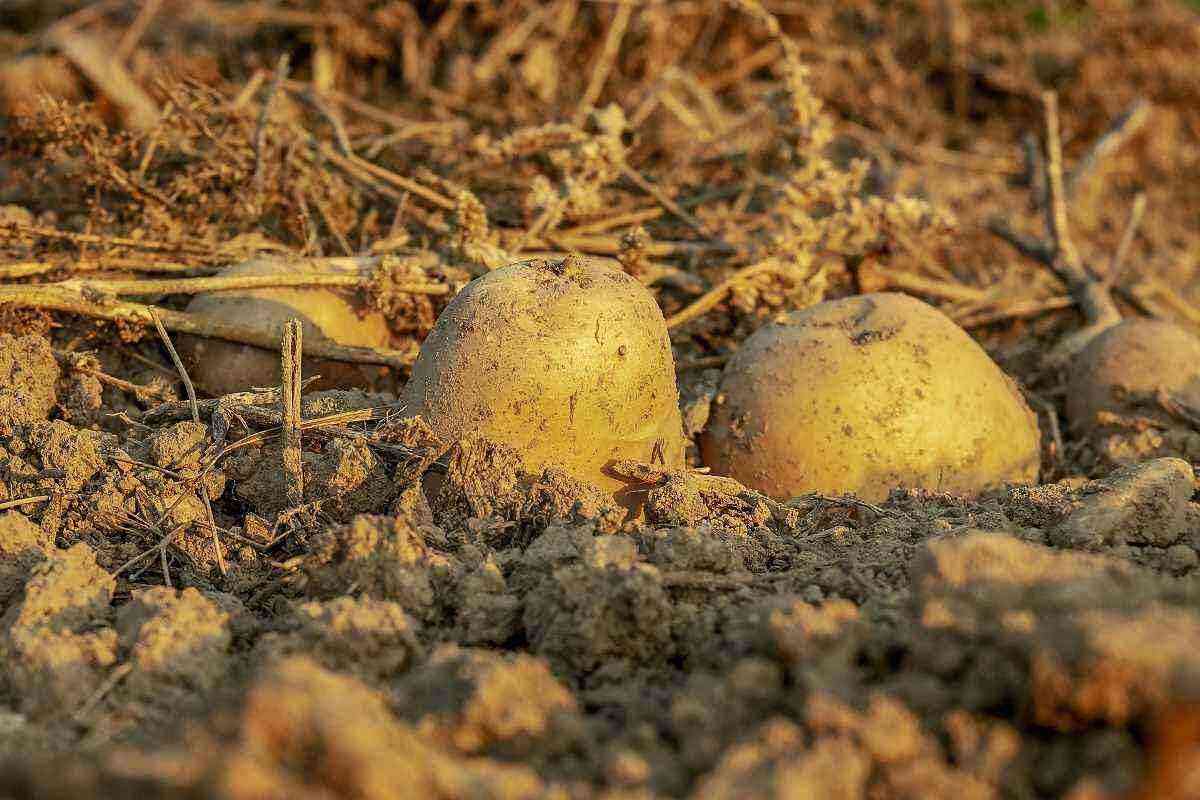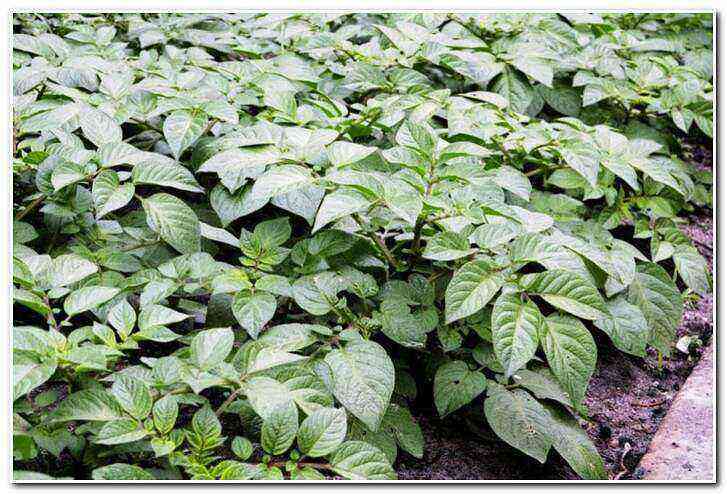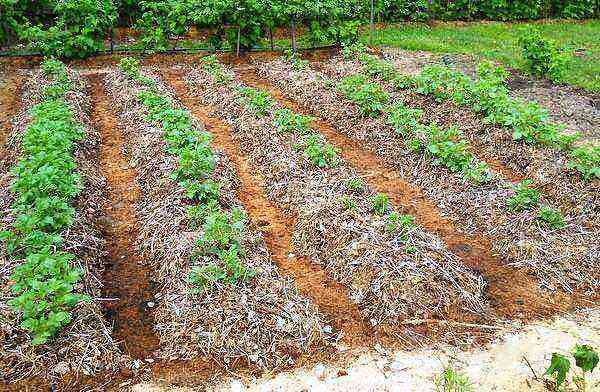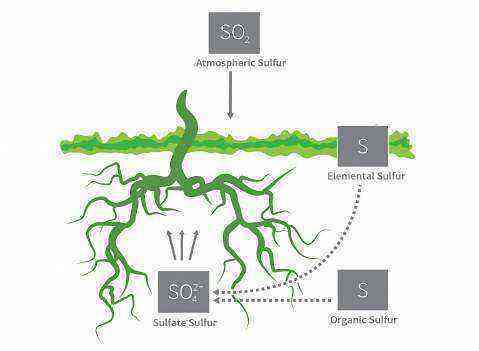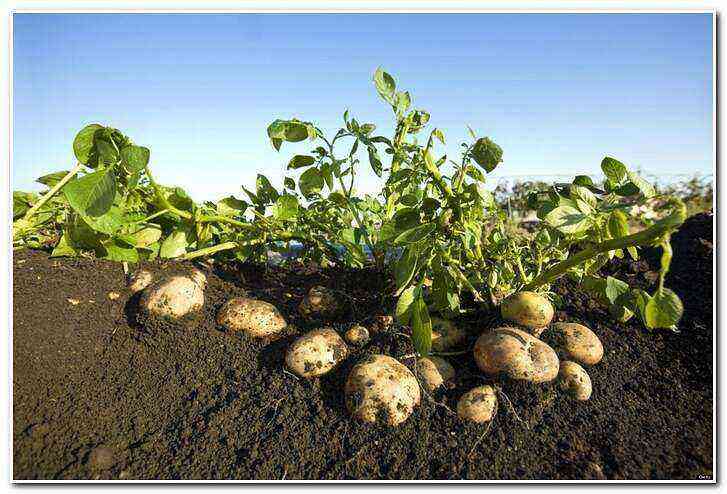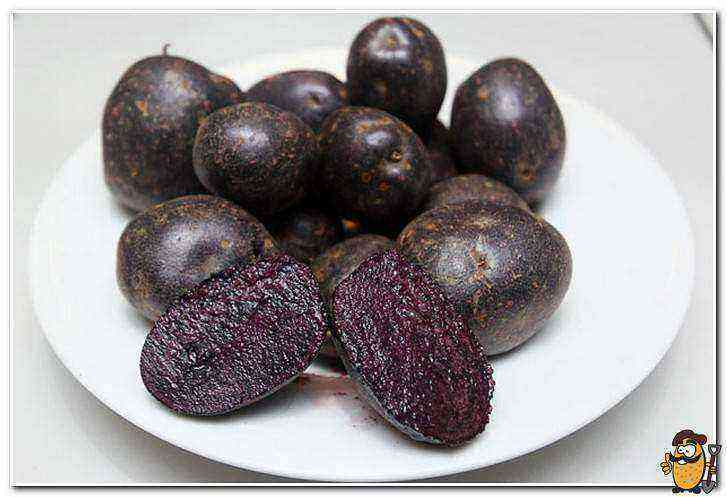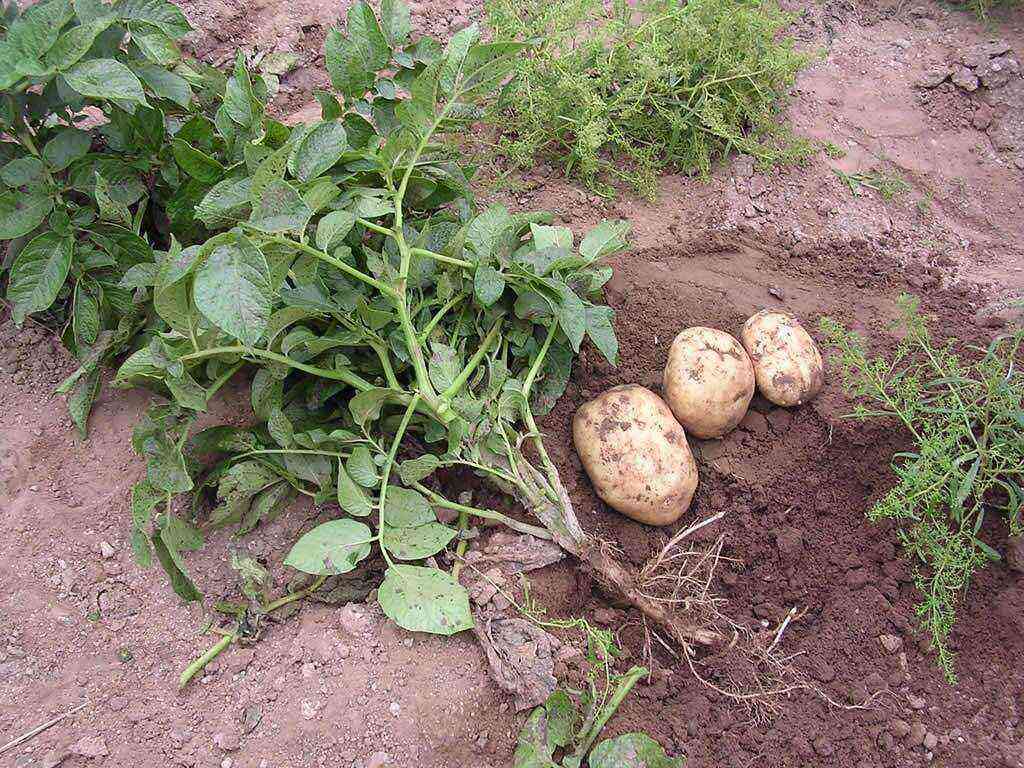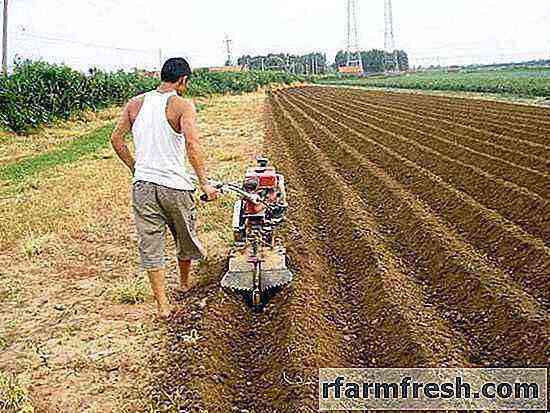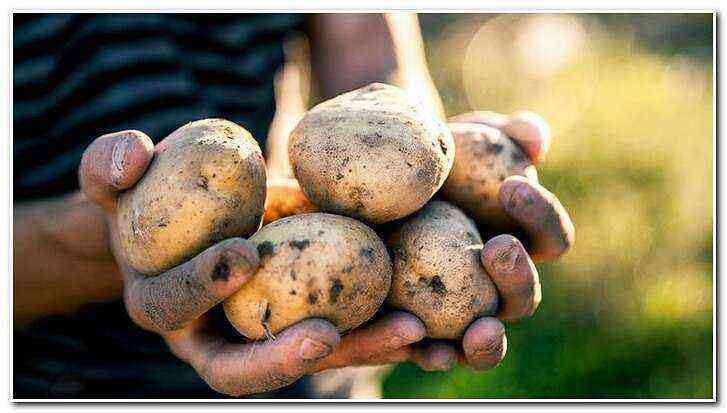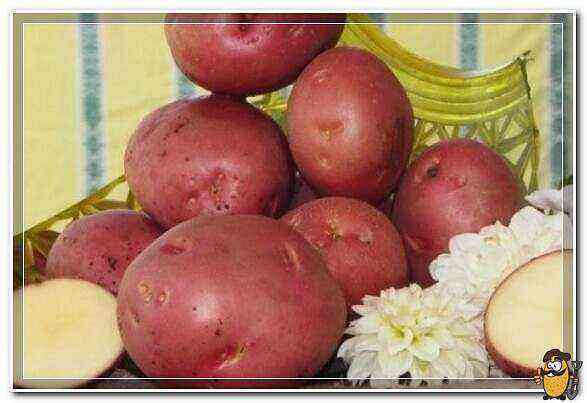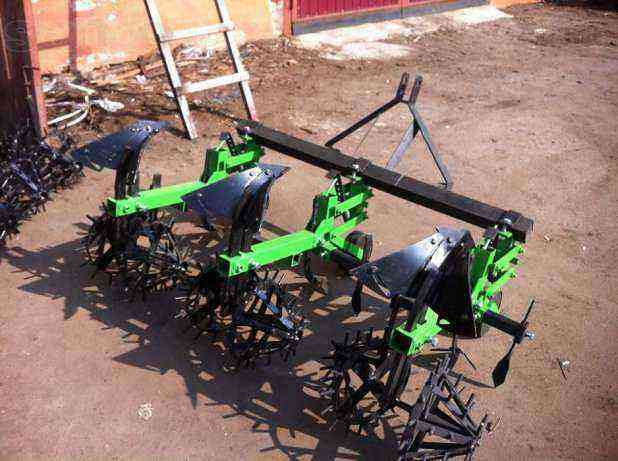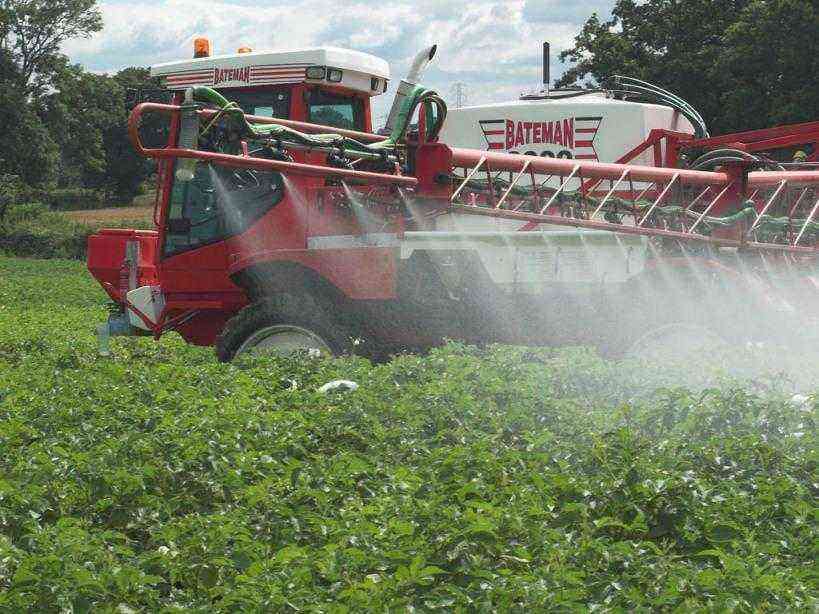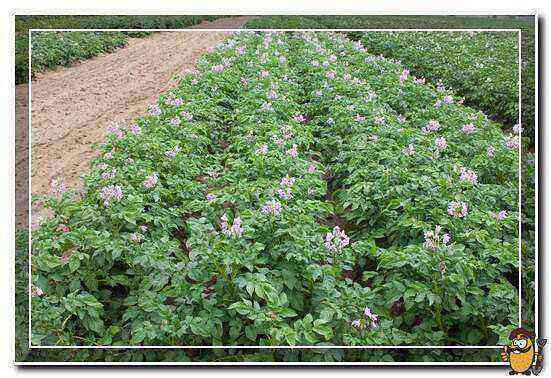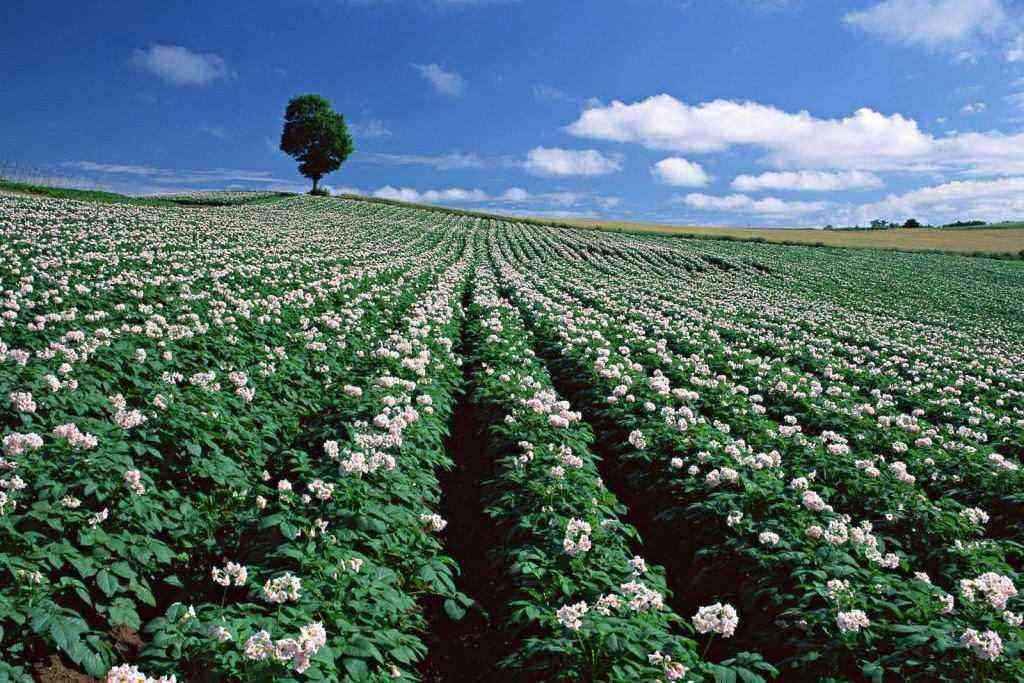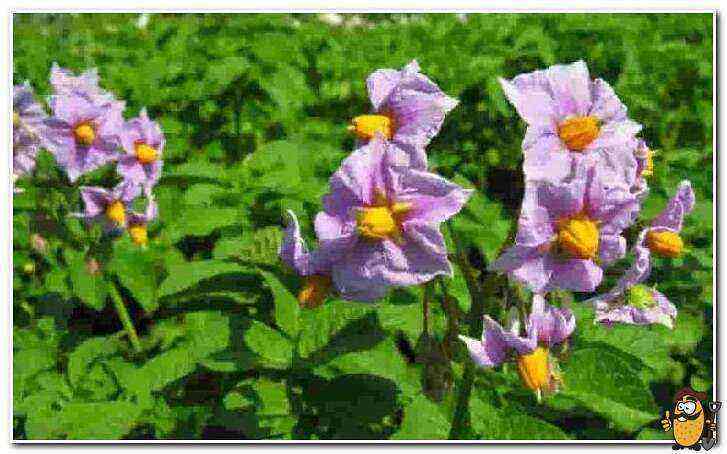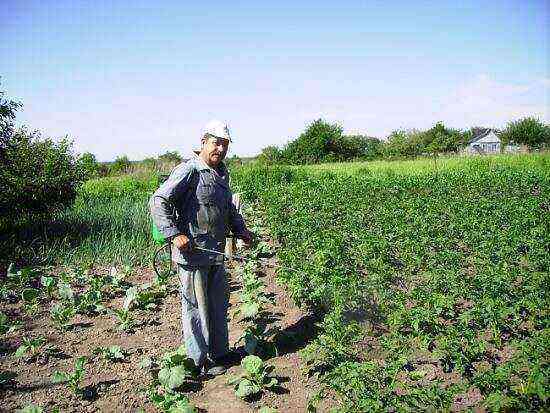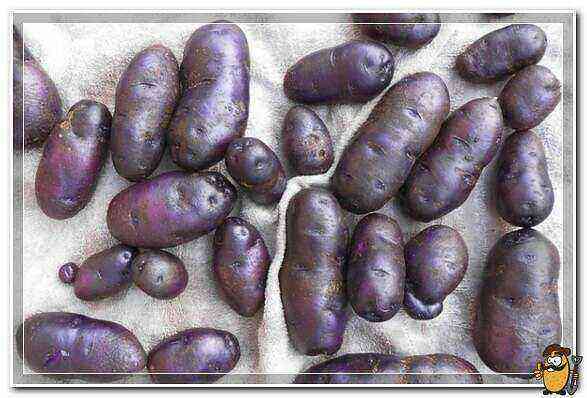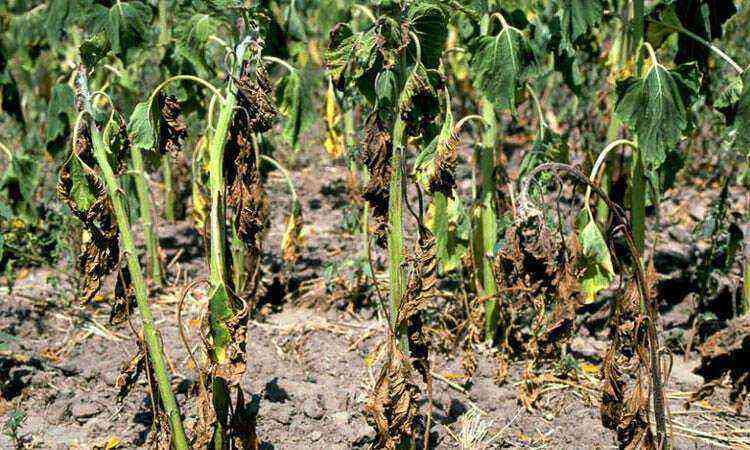Potatoes – capable of producing high yields in most of Russia. The plant is not demanding on soil, tolerates short-term droughts and moderately low temperatures well. For each region, agricultural technicians have developed various methods of caring for potatoes and developed varieties adapted to existing climatic conditions. The yield depends on the composition of the soil, temperature and humidity.
Soil characteristics
Potatoes give rich yields on loose, heated soil, which allows air and moisture to pass well to the roots. Subject to the rules of agricultural technology, it is possible to achieve a high yield in most agricultural lands. Loamy and sandy-loamy soils that are easy to cultivate are optimal for cultivation.
Clay areas are less suitable because of their high density, which makes irrigation and aeration difficult. The situation is improved by introducing a large amount of organic matter and constant loosening. Potatoes grow even in wetlands, but in such conditions there is a danger of frost, which does not allow early planting. In addition, waterlogged soils contribute to the spread of rot.
Growing potatoes on rocky soils is difficult due to the complexity of processing. In addition, hard and heterogeneous soil can damage the skin, which increases the incidence of rhizoctonia and reduces the keeping quality of the harvested crop.
Temperature and humidity
The best climate for potatoes is moderately cool, without sharp temperature fluctuations. The plant is sensitive to both frost and extreme heat. In the warmest month, the indicator should be at least +20 ° С, this figure is considered borderline.
Agronomists have bred many varieties with different ripening periods from 60 to 170 days, among which you can choose the one suitable for the conditions of a particular region. It should be borne in mind that in the temperature range from -1 to -3 ° C, there is a partial or complete loss of tubers and tops. Potatoes begin to germinate at + 4-6 ° C.
With an increase in the average daily temperature to +26 ° C and above, the tubers are subject to necrosis, become lethargic, filamentous processes are formed on them. The development of the plant stops, and in extreme heat, the tops and roots simply die off. The optimum temperature for potatoes is determined by the daily average of + 20-22 ° C, taking into account day and night fluctuations. In such conditions, a full-fledged tuberization takes place.
The moisture requirement of potatoes is average. Both excess and lack of water negatively affect yields. The optimal indicator of soil moisture ranges from 70-80%. Insufficient moisture leads to damage to the vascular system of plants, a decrease in yield and deformation of tubers. An excess of moisture is fraught with the formation of a loose skin, poor potato quality and a decrease in the shelf life of the crop. The formation of tops takes place best of all when the humidity is 50-70%.
Altitude and atmospheric pressure
Experiments on high-mountain potato cultivation have been carried out more than once in Russia and the CIS countries. The yield was investigated by specialists in botany and plant genetics in Tajikistan. The biologists’ goal was to identify the optimal conditions for the development of new agricultural plots. Test lots were planted at an altitude of 550 to 3600 meters above sea level.
Due to this spread, the climatic conditions in the experimental areas were different. The moisture content of the soil in the plots also differed. Scientists obtained the maximum yield at an altitude of 2550 meters above sea level with an average monthly air temperature of 17 to 19 ° C and a precipitation level of 120 mm.
Biologists have come to the conclusion that in hot climates, planting both above and below a certain level leads to a decrease in yields. Low atmospheric pressure and thin air negatively affect the growth of potatoes. American botanists have found that potato bushes are sensitive to fluctuations in atmospheric pressure and, when it decreases, begins to actively absorb oxygen.
Regions and yields
Potatoes are grown in almost all regions of Russia using different agricultural techniques. Most of the plantings are in the Central Black Earth Economic Region. Thanks to loose soils with a high humus content and a favorable climate, potatoes there give maximum yields. In Siberia, early and mid-season varieties are grown, which have time to fully form during the summer months.
In Transbaikalia, they practice planting tubers in ridges, and also use Chinese agricultural techniques, when soil is poured under the root as it grows. In the North-West of the country, well-sprouted tubers are planted, avoiding late-ripening varieties due to the short summer and the danger of late frosts. When buying planting material, you need to pay attention to the recommended growing regions and purchase only adapted varieties.

